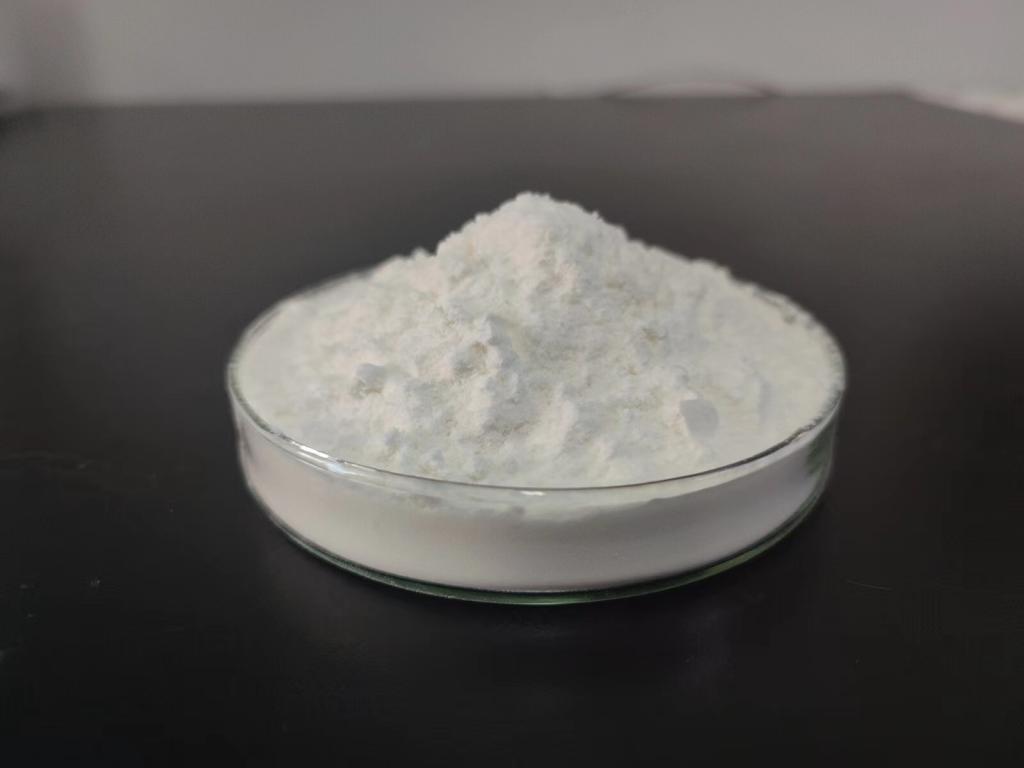Tel:0086 18231198596

News
ε-Polylysine Hydrochloride Natural Solution for Minimizing Chemical Residues in Agriculture.
TIME:2023-11-03
The Issue of Chemical Residues in Agriculture
Chemical pesticides and preservatives are widely used in agriculture to protect crops from pests, diseases, and spoilage. While these chemicals are effective in increasing crop yields and extending the shelf life of produce, their overuse has led to several concerns:
1.1 Health Concerns
Chemical residues in food can pose health risks to consumers. The consumption of fruits and vegetables with high chemical residues has been linked to various health issues, including pesticide poisoning, developmental disorders, and certain cancers.
1.2 Environmental Impact
Chemical pesticides can have detrimental effects on the environment. Runoff from agricultural fields can contaminate water sources, harm non-target organisms, and contribute to pollution.
1.3 Resistance Development
Pests and pathogens can develop resistance to chemical pesticides over time, rendering these chemicals less effective. This phenomenon increases the need for stronger pesticides, exacerbating the problem.
1.4 Food Safety
Ensuring food safety is a top priority for consumers and regulatory agencies. Reducing chemical residues in food is essential to meet these safety standards.
ε-Polylysine Hydrochloride: An Agricultural Innovation
ε-Polylysine hydrochloride offers a potential solution to the challenges posed by chemical residues in agriculture:
2.1 Mechanism of Action
ε-Polylysine hydrochloride disrupts the cell membranes of microorganisms, particularly bacteria. Its positive charge interacts with negatively charged components of the microbial cell membrane, leading to membrane disruption, leakage of cellular contents, and, ultimately, cell death. This mechanism selectively targets harmful microorganisms, leaving beneficial ones unharmed.
2.2 Selective Activity
One of the notable advantages of ε-Polylysine hydrochloride is its selective activity. It primarily targets pathogenic microorganisms while sparing beneficial bacteria and other microorganisms that contribute to soil health. This selectivity is crucial in preserving the overall microbial ecosystem in agriculture.
Applications in Agriculture
ε-Polylysine hydrochloride has found applications in various aspects of agriculture:
3.1 Crop Protection
In crop protection, ε-Polylysine hydrochloride can be used to control bacterial and fungal diseases, reducing the need for chemical pesticides. Its selectivity helps maintain a balanced microbial ecosystem in the soil.
3.2 Post-Harvest Preservation
After harvesting, ε-Polylysine hydrochloride can be applied to fruits and vegetables to extend their shelf life. By inhibiting the growth of spoilage microorganisms, it helps reduce the need for chemical preservatives.
3.3 Aquaculture
In aquaculture, ε-Polylysine hydrochloride can help control bacterial contamination and improve the health of fish and seafood, reducing the reliance on antibiotics and chemical treatments.
3.4 Soil Health
The selective activity of ε-Polylysine hydrochloride in the soil can help maintain a balanced soil microbiome, which is essential for plant health and nutrient cycling.
Minimizing Chemical Residues
The adoption of ε-Polylysine hydrochloride in agriculture can contribute to minimizing chemical residues in the following ways:
4.1 Reduced Chemical Pesticide Use
By effectively controlling bacterial and fungal diseases, ε-Polylysine hydrochloride can reduce the need for chemical pesticides, leading to a decrease in chemical residues in food and the environment.
4.2 Enhanced Food Safety
With the reduction of chemical pesticide use, the safety of agricultural products is enhanced, ensuring that consumers are less exposed to harmful chemical residues in their food.
4.3 Improved Sustainability
The adoption of ε-Polylysine hydrochloride supports sustainable agriculture by reducing the environmental impact of chemical pesticides, promoting the responsible use of resources, and preserving soil health.
4.4 Resistance Mitigation
ε-Polylysine hydrochloride's mechanism of action is distinct from that of chemical pesticides, reducing the likelihood of resistance development in targeted microorganisms.
Challenges and Future Prospects
While ε-Polylysine hydrochloride offers substantial benefits in reducing chemical residues in agriculture, its adoption faces challenges such as regulatory approval, cost considerations, and awareness among farmers. Future prospects for ε-Polylysine hydrochloride in agriculture include further research and innovation to optimize its application, expand its usage to different crops and regions, and address challenges related to cost and regulatory compliance.
Conclusion
ε-Polylysine hydrochloride represents a promising agricultural innovation in the quest for a safer, more sustainable, and environmentally responsible food future. By effectively controlling microbial pathogens and reducing the reliance on chemical pesticides and preservatives, ε-Polylysine hydrochloride can minimize chemical residues in food and contribute to a more sustainable and secure agricultural system. Its continued development and adoption have the potential to reduce the risks associated with chemical residues in food, protect the environment, and support global food safety and security initiatives.

 CONTACT
CONTACT




